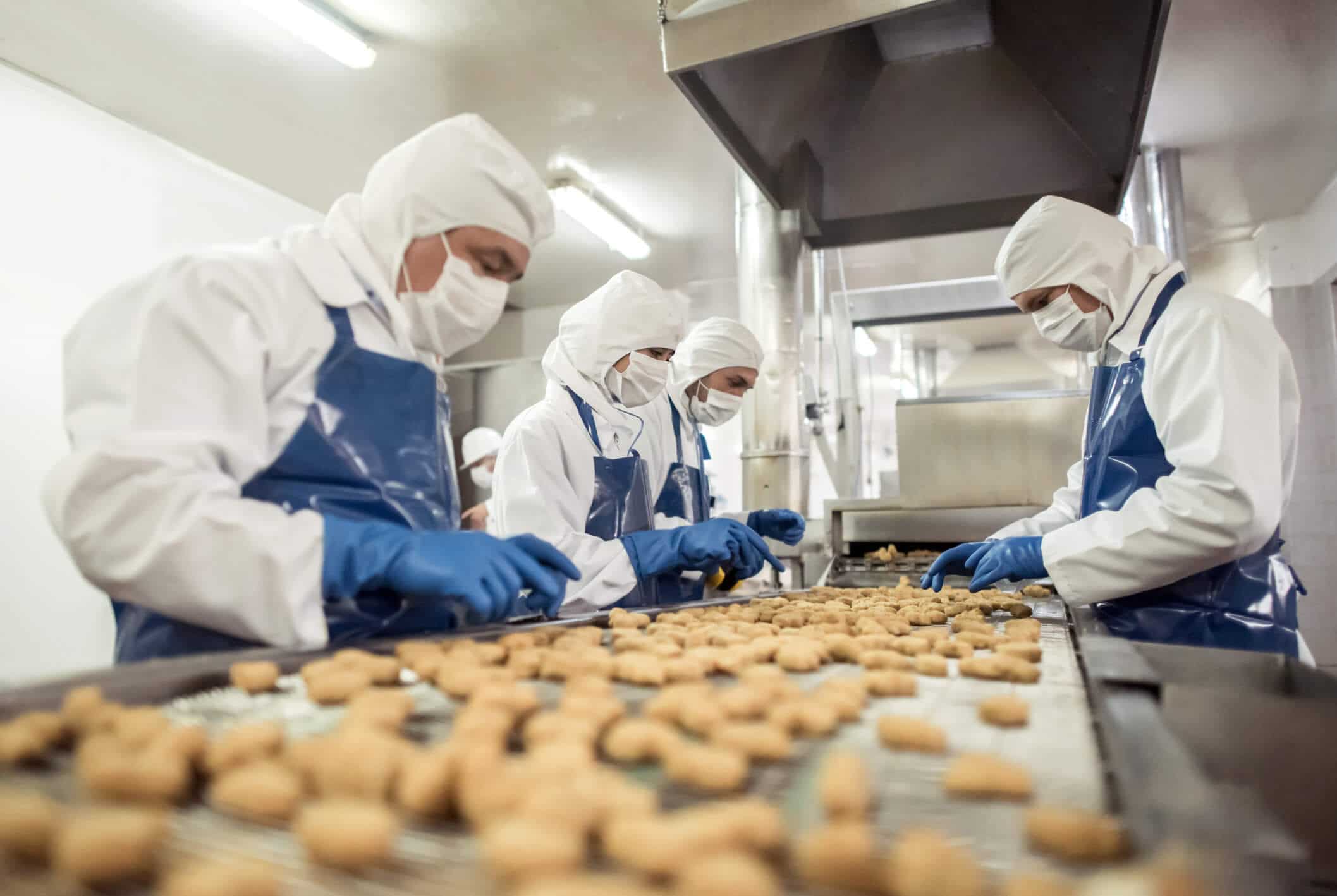Today’s food and beverage supply chain is a critical piece of infrastructure, ensuring sustainability worldwide. Modern technology has been a key driver to support this ongoing operation, especially as the supply chain is evolving into more of a network rather than a linear model. Technology also plays an important role in helping companies reveal the unique challenges that can prevent them from moving forward. Here’s a closer look at some of the hidden obstacles in food and beverage supply chain management that can affect future operations if they’re not addressed:
1. Consumer demand for traceability
Food recalls, food fraud, and a general increase in public health awareness are creating consumer demand for better food and beverage traceability. From a business perspective, making traceability a priority makes sense. It enables a quick response to recalls and reduces liability costs; it strengthens brand confidence, which may help fight food waste and fraud.The challenge lies in the lack of strategy behind implementing the right tools and technology. Supply chain partners will need to get clear and intentional about their efforts to bring traceability to the forefront.
2. Maintaining compliance with changing regulations
The food and beverage industry has always been one under heavy scrutiny by agencies and consumers alike. Regulations are frequently changing, forcing companies to adjust the way they work or risk paying fines and penalties. Managing all of these changes in a way that can easily integrate with day-to-day operations without having to reinvent the wheel is key to remaining competitive and in compliance. Tools like specification management software can help to simplify the complex web of compliance by serving as a central source of truth. As regulations change, specification management can provide deeper insight into what specifically those changes affect.
3. Cybersecurity risks
Digitization has been a key theme across industries in recent years. However, as supply chain systems become more interconnected, their individual risks are compounded. Combining multiple systems of information can make them more valuable to cyber attackers, which may increase their vulnerability. These threats can come in many forms, from a suspicious email to public WiFi access. And as data access across the supply chain increases, there’s also the potential for records to be unlawfully altered or deleted to conceal activities. Technologies like blockchain are poised to be a solid defense against this risk, as all activities are recorded, and alterations cannot be discreetly made.
4. Finding solutions that deliver tangible value
There are a number of technology tools and solutions designed to improve everything from traceability to transparency to compliance management and more. However, what’s often overlooked when sourcing new tools is the business’s ability to adapt those tools into their own processes. It’s not enough to adopt new technology for technology’s sake but rather to find the right tools and processes that add real value throughout the supply chain.As supply chain management evolves by the day, agility remains a top concern. Each of these hidden risks can be improved with specification management that evolves with the industry and allows companies to be proactive as changes come along. Learn more about specification management in the food and beverage industry, and find out why The Future of Food is Specification Data Management.

Explore More Blogs
Get Started
With Specright’s Solution Suite, you can digitize, centralize, and link your specification data to drive efficiencies, intelligence, traceability, and collaboration within your organization and across your supply chain network.




